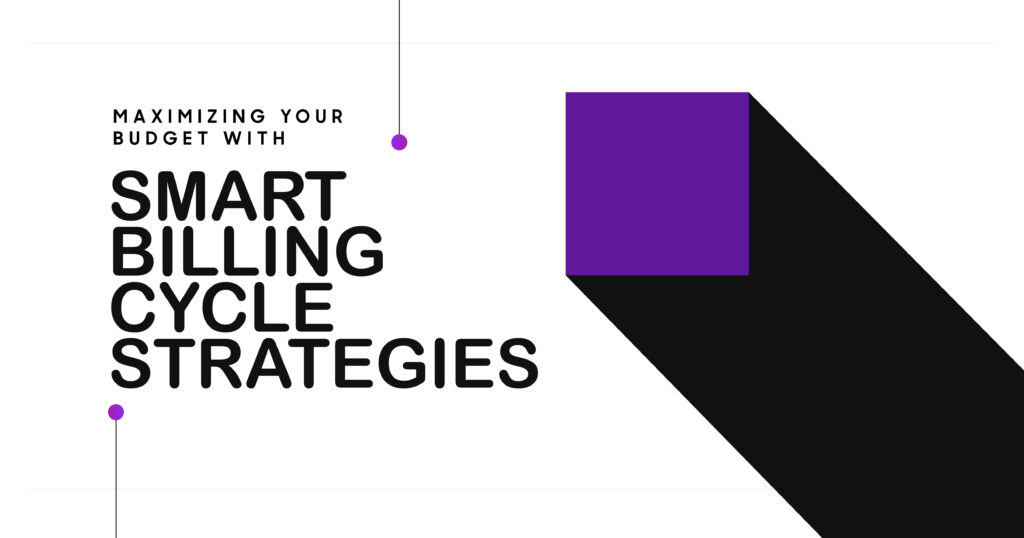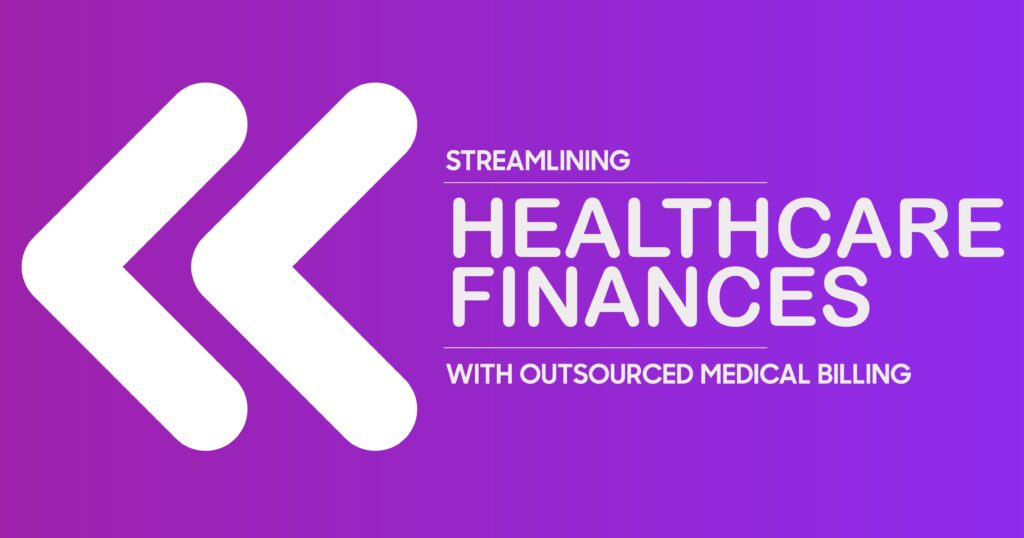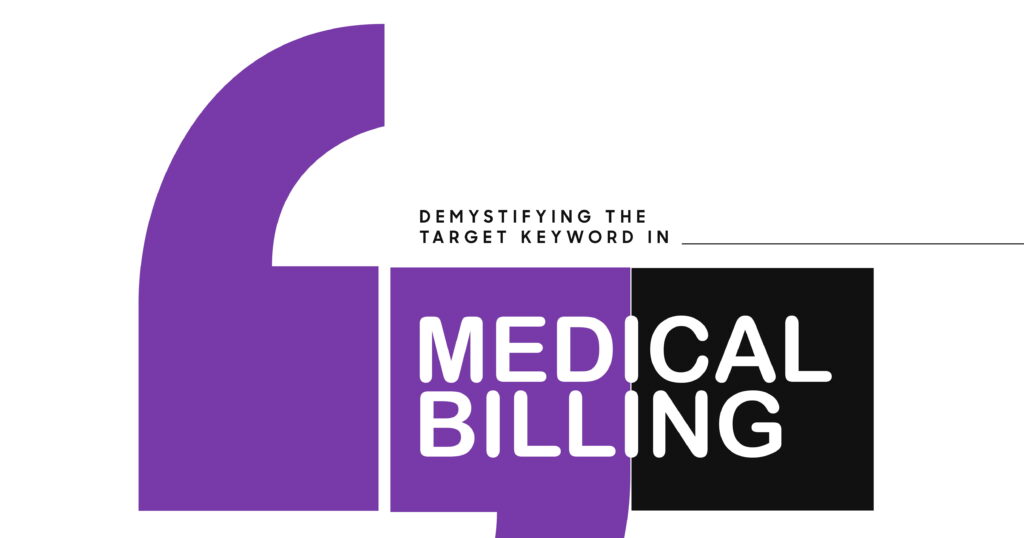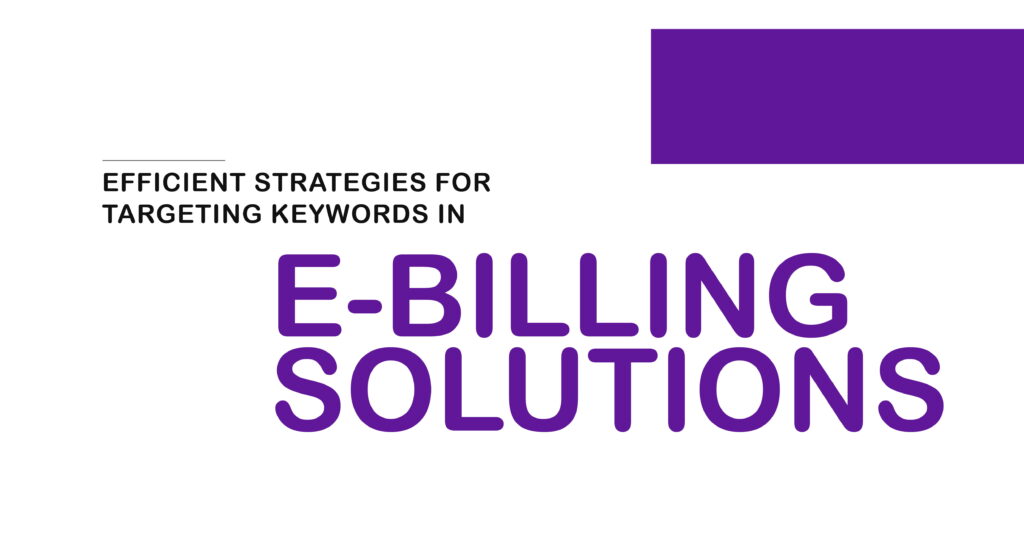Managing your finances isn’t just about tracking expenses—it’s about understanding the systems that control when and how you’re charged. One of the most important yet overlooked aspects of financial planning is the billing cycle.
Whether you’re managing personal expenses, paying off a credit card, or running a business with recurring subscriptions, mastering billing cycles can help you save money, avoid late fees, and improve cash flow. In this guide, we’ll break down what a billing cycle is, why it matters, and how you can use smart strategies to maximize your budget.
Definition and Purpose of Billing Cycles
A billing cycle is the recurring period between statements issued by a financial institution, utility company, or service provider. Typically lasting about 28 to 31 days, it determines when charges are recorded, when payments are due, and how balances are calculated.
The purpose of billing cycles is to create consistency in invoice cycles and payment schedules, ensuring both consumers and businesses can plan ahead. For businesses, this regularity simplifies invoicing periods, while for consumers, it provides predictability for budgeting.
Key Elements of a Billing Cycle
To fully understand how billing cycles work, it’s important to break them down into their key components:
- Start Date And End Date. The beginning and end of the billing period determine which charges are included.
- Statement Date. The date on which your bill is generated and sent out.
- Due Date. The deadline for payment is usually a few weeks after the statement date.
- Grace Period. A window of time after the due date when payments can still be made without penalties (varies by industry).
How Billing Cycles Affect Your Credit Card Statement
Credit card companies rely heavily on billing frequency to calculate interest and determine payment deadlines. Every transaction you make during your invoicing period will appear on your next statement.
For example, if your cycle runs from the 1st to the 30th of each month, all purchases in that timeframe are due by the following statement’s due date. If you don’t pay the full balance, interest begins accruing based on your payment schedule.
This is why strategically managing your cycle, like making large purchases at the start of the period, can give you more time to pay without interest. According to the Consumer Financial Protection Bureau (CFPB), understanding your billing cycle is one of the most effective ways to avoid unnecessary fees.
Comparing Billing Cycles Across Different Industries
Not all billing cycles are created equal. Different industries structure their invoice cycles and subscription periods uniquely, impacting how you manage your budget.
Credit Cards and Banking
Banks and credit card issuers use cycle billing to calculate interest and rewards. The invoicing period typically runs 28 to 31 days, followed by a due date about 21 days later. Late payments can negatively impact your credit score, making cycle management critical.

Utilities, Subscriptions, and Services
- Utilities (electricity, water, internet) often run on a monthly billing cycle, with payments due on a fixed date each month.
- Subscription services like streaming platforms, gyms, or cloud storage typically follow a recurring billing model tied to your sign-up date.
- Professional services may set custom payment schedules depending on project phases.
Tips for Managing Your Billing Cycle Effectively
Effective billing cycle management can save you stress and money. Here are some proven strategies:
- Automate Payments. Avoid late fees by setting up autopay for recurring bills.
- Stagger Payment Dates. Spread out your obligations by adjusting due dates with providers.
- Track Billing Frequency. Use apps or spreadsheets to note your subscription periods and due dates.
- Take Advantage of Grace Periods. Understand when you can make payments without penalties.
- Align Cycles With Income. Sync your payment schedule with paydays for smoother cash flow.
Common Challenges With Billing Cycles and How to Overcome Them
While billing cycles create consistency, they also present challenges:
| Challenge | Solution |
| Misaligned due dates | Request adjustments from providers to better align with income dates. |
| Overlapping invoice cycles | Use budgeting tools to track multiple invoicing periods. |
| Subscription creep | Audit your recurring billing subscriptions every quarter. |
| Unexpected charges | Set alerts for new or unusual transactions within your cycle billing period. |
| High interest on credit cards | Pay more than the minimum or time purchases strategically. |
The Impact of Billing Cycles on Your Cash Flow
Your billing cycle directly affects how money flows in and out of your account. For individuals, overlapping monthly billing cycles can create stress during certain weeks of the month. For businesses, late payments from clients can disrupt invoice cycles and payroll planning.
For example, small businesses relying on recurring billing from clients often face delays if payments don’t align with operational costs. Adjusting billing frequency or offering incentives for early payments can stabilize cash flow. Understanding these dynamics helps you anticipate financial crunches and spread expenses evenly.
Future Trends in Billing Cycle Management
The future of billing is becoming more flexible and consumer-friendly. Key trends include:
- Dynamic Billing Cycles. Some providers are experimenting with cycles based on usage instead of fixed dates.
- Ai-Driven Invoicing Periods. Artificial intelligence can predict payment behaviors, optimizing reminders and payment schedules.
- Flexible Subscription Periods. Companies are allowing users to pause, shift, or customize recurring billing dates.
- Integration With Digital Wallets. Billing cycles are increasingly tied to apps that send real-time alerts.
These innovations promise smoother financial planning and reduced risk of missed payments. Privacy-preserving data aggregation with dynamic billing in fog-based smart grid” – MDPI (Applied Sciences, 2023) presents a privacy-preserving scheme for electricity billing that supports dynamic billing according to real-time usage, while preserving consumer data confidentiality.
Indigo Billing: Smarter Solutions for Effective Billing Cycle Management
At Indigo Billing, we understand the frustrations that come with managing multiple billing cycles. Our tailored solutions streamline cycle billing, optimize invoicing periods, and ensure your payment schedules align with your financial goals.
By integrating automation, analytics, and customer-focused tools, Indigo Billing helps businesses and individuals gain control over their recurring billing processes. Whether you’re handling credit card statements, monthly billing, or subscription management, Indigo Billing ensures you’re always one step ahead. Contact Indigo Billing today to explore smarter solutions for effective billing cycle management.

FAQs
What is the difference between a monthly billing cycle and a subscription period?
A monthly billing cycle usually runs from the same date each month, while a subscription period is tied to when you first signed up for a service. Subscriptions may renew on a different date than your other bills.
How does the invoicing period affect my credit card payment schedule?
Your invoicing period defines which charges appear on your statement, and your payment schedule is based on that period’s closing date. This timing determines how much time you have before payment is due.
What are the best practices for managing a business’s recurring billing and billing frequency?
Businesses should use automation tools, align billing frequency with client preferences, and regularly audit recurring billing subscriptions. This ensures predictable revenue and fewer payment delays.
How can differences in invoice cycles across industries impact my payment schedule?
Each industry structures its invoice cycle differently—utilities may be fixed monthly, while services or subscriptions might be tied to sign-up dates. These variations can make your payment schedule less predictable.
What common issues arise in cycle billing, and how can they be addressed effectively?
Common issues include overlapping due dates, unexpected charges, and misaligned income vs. expenses. Tracking your cycle billing dates and setting up reminders or autopay can help avoid these pitfalls.












